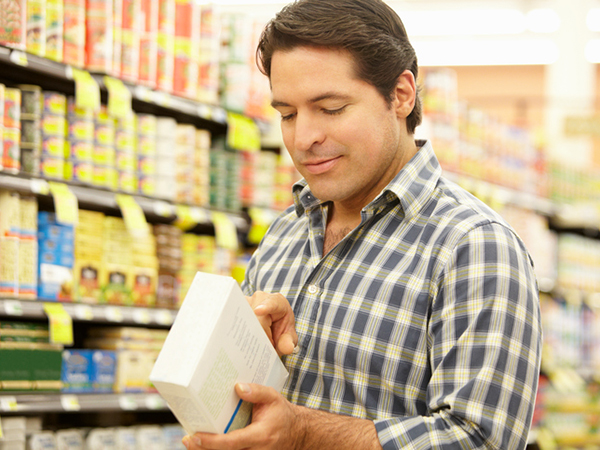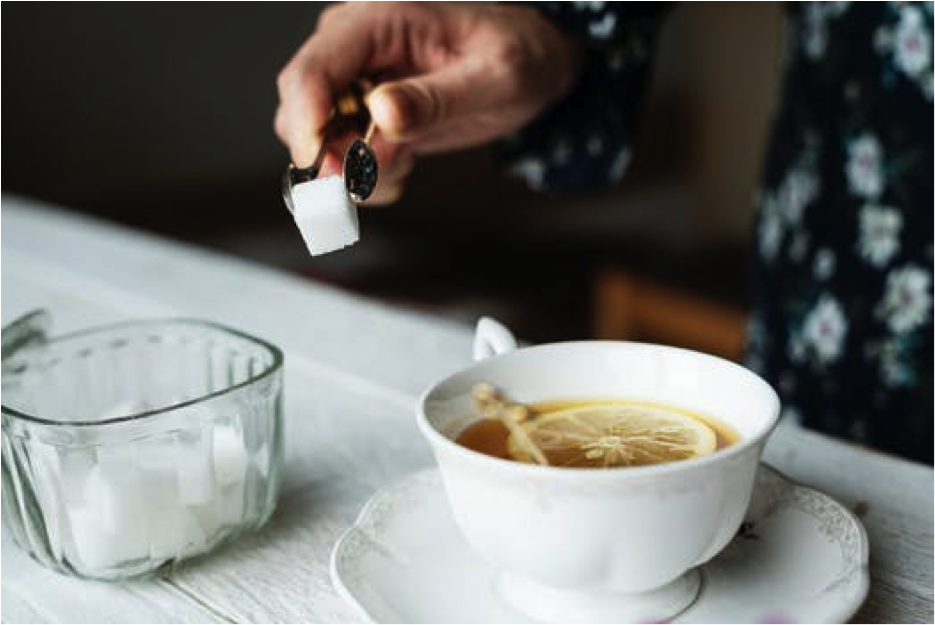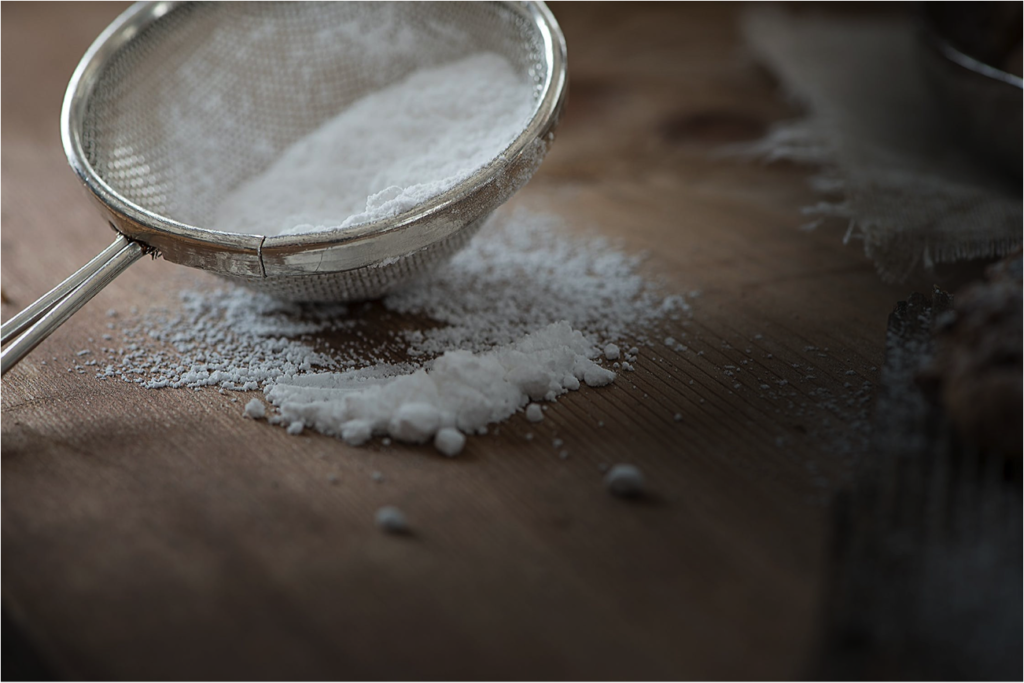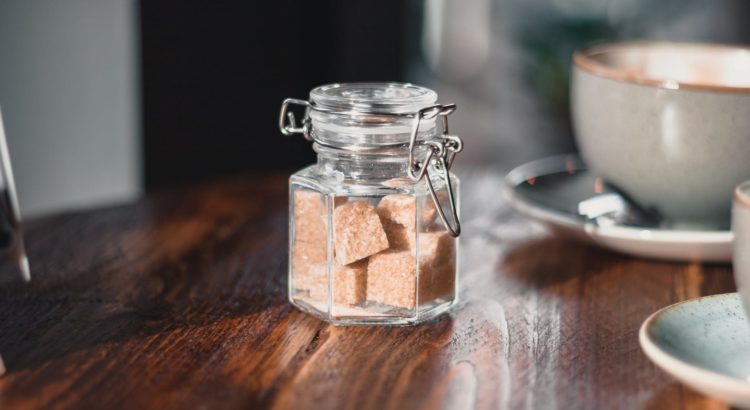We understand that it can be difficult knowing exactly how much sugar your food really has when you’re trying to watch the amount of sugar you’re eating.
Reduced sugar? Low Sugar? No Sugar? What exactly does that all mean?
We’re here to help you learn what these confusing food labels mean and how to know how much sugar is really in your food!
Reading Food Labels

If you’ve ever looked at the food label of your favorite snack and been confused about the sugar amounts, you aren’t alone! There are two categories for sugar: total sugar and added sugar.
- Total sugar: the amount of natural sugar and added sugar in a product.
- Natural sugar: naturally occurring and packed with nutrients! Natural sugar is what makes fruit sweet, and it does not contribute to weight gain.
- Added sugar: extra sugar put into products to enhance the flavor and sweetness. Added sugar is what you would associate with candy, cookies, and other sugary foods. It contributes to weight gain and increases the risk of high blood pressure, diabetes, heart disease, and fatty liver disease.
The American Heart Association recommends a maximum of 36 grams of added sugar for men and 25 grams of added sugar for women daily. Next time you’re at the store, check out your favorite product’s food label to see how much sugar it has.
Other Names for Sugar

While you would expect sugar to be written as “sugar” on the ingredients list on a food label, there are over 60 different names for sugar. Why is it important to know this? When looking at the ingredients, the once listed first are the highest amount in the food item. For example, if your favorite beverage has water listed as the first ingredient, then that is the most abundant ingredient! If you spot a sugar as one of the first ingredients, then you know the product is pretty high in sugar.
Here are a few tips to know the other names for sugar :
- The word ends in “-ose”: fructose, sucrose, galactose
- The word sugar is in the name: cane sugar, brown sugar, raw sugar
- Syrups and nectars such as high fructose corn or agave nectar
What does “sugar-free” mean?

You’ll see the original version along with “sugar-free” or “reduced-sugar” versions for most products. There are strict guidelines on what these labels mean, and they may not mean what you’d expect.
Here are the labels and their definitions:
- Sugar-free: less than 0.5 g of sugar per serving. This doesn’t mean there is no sugar! It means there is only a small amount per serving. This small amount can add up when you have multiple servings.
- Reduced or Less Sugar: this means it contains at least 25% less sugar than the original. For example, a reduced sugar soda may have 4 grams of sugar, instead of the usual 6 grams.
- No Added Sugar or Without Added Sugar: there is no added sugar in the product, it only contains natural sugar. This means the product only uses the natural sweetness of its ingredients, hooray!
Next time you’re at the grocery store, take a quick peek at the nutrition label. You may be surprised to find just how many products contain loads of added sugar. While having added sugar is okay in moderation, it’s good to be aware of how much sugar is really in your diet!
